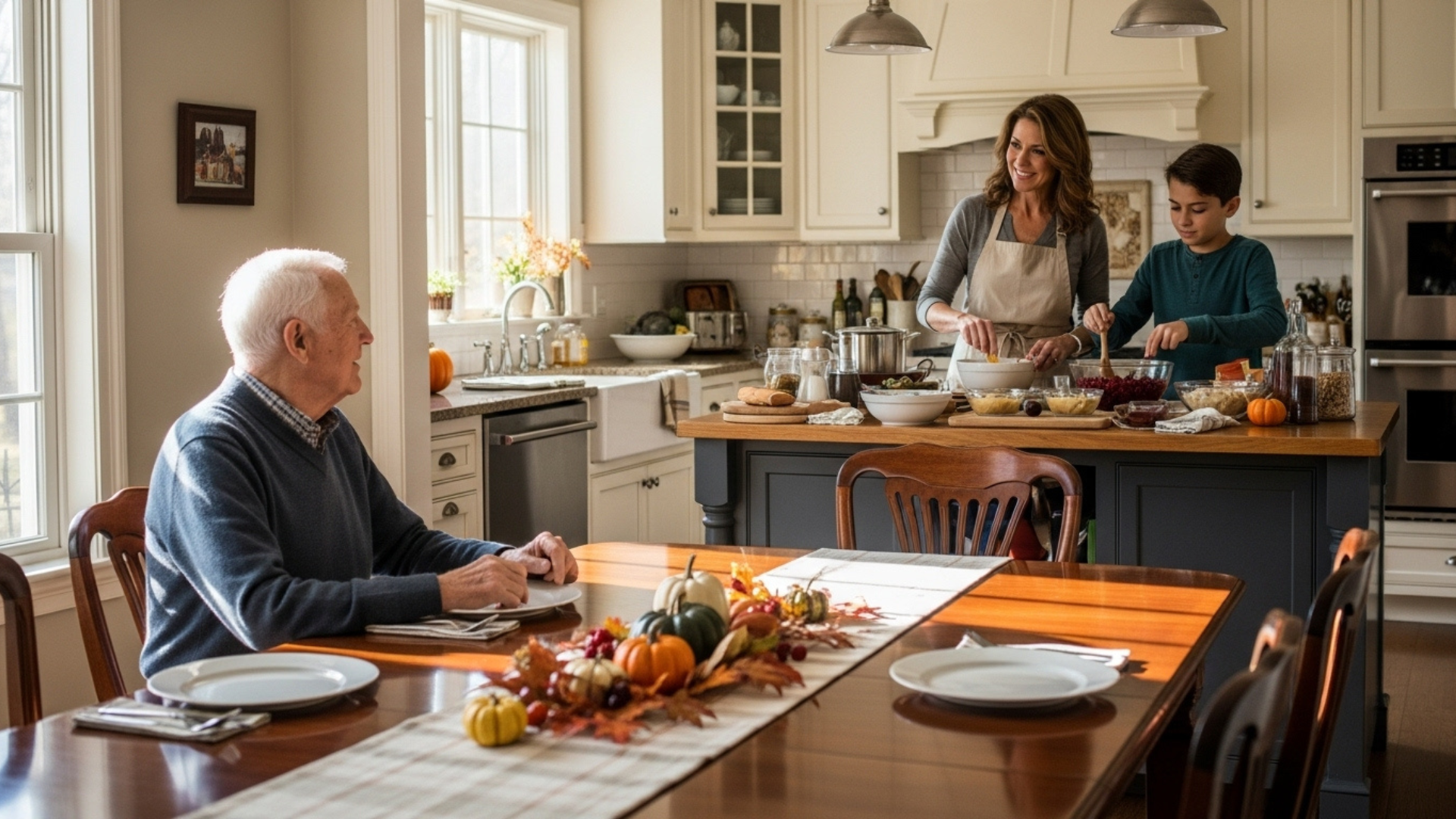The Impact of Daylight Saving Time on Sundowning

As daylight saving time (DST) comes to a close, many people enjoy the benefit of an extra hour of sleep. However, for seniors, particularly those with dementia or cognitive impairments, this transition can trigger confusion and agitation known as sundowning. This guide will help caregivers understand how the end of daylight saving time can impact sundowning and provide practical strategies to support seniors during this period.
Understanding Sundowning
Sundowning refers to a pattern of increased confusion, agitation, and behavioral changes that often occur in the late afternoon and evening. Symptoms can include:
- Increased disorientation or confusion
- Agitation or irritability
- Restlessness or pacing
- Mood swings
- Difficulty sleeping
How Daylight Saving Time Affects Sundowning
The end of daylight saving time can disrupt the internal body clock of seniors, especially those already vulnerable due to cognitive decline. Here are some ways the transition can impact sundowning:
- Sudden Changes in Light Exposure: The shift in daylight hours means that evening light fades earlier, which can create confusion and increased agitation for seniors.
- Disruption of Routine: The time change can disrupt established schedules for meals, activities, and bedtime, heightening feelings of anxiety and confusion.
- Circadian Rhythm Disruption: Seniors' internal clocks can be sensitive to changes in light cycles. The abrupt transition can throw off their natural rhythms, leading to increased restlessness and confusion.
- Increased Fatigue: Seniors may feel more tired or fatigued earlier in the day, which can exacerbate irritability and agitation, making sundowning more pronounced.
Practical Strategies for Caregivers
To help seniors cope with the effects of the end of daylight saving time, caregivers can implement the following strategies:
- Gradual Adjustment:
- In the weeks leading up to the time change, gradually adjust daily routines by shifting meal times and activities by 10 to 15 minutes each day. This can help seniors acclimate to the new schedule without the shock of an abrupt change.
- Enhance Lighting:
- Ensure that living spaces are well-lit in the late afternoon and evening. Bright lighting can help counteract confusion and reduce the anxiety that often accompanies sundowning.
- Establish a Calming Evening Routine:
- Create a soothing evening routine that promotes relaxation. Engage seniors in calming activities, such as listening to music, reading, or gentle stretching, to help them wind down as the day comes to a close.
- Maintain a Consistent Schedule:
- Try to keep daily schedules as consistent as possible. Regular meal times, activity schedules, and sleep routines can provide a sense of stability and comfort for seniors.
- Monitor and Address Stressors:
- Pay attention to any potential stressors in the environment that may contribute to feelings of anxiety or confusion. Reduce noise, limit distractions, and create a peaceful atmosphere during the evening hours.
- Stay Engaged:
- Encourage social interaction throughout the day. Regular visits from family or friends can help combat feelings of isolation and provide a sense of normalcy.
Conclusion
The end of daylight saving time can pose significant challenges for seniors, particularly those prone to sundowning. By understanding the effects of this transition and implementing proactive strategies, caregivers can help mitigate confusion and agitation. With patience, empathy, and practical measures, you can support your loved ones in navigating these seasonal changes with greater ease and comfort.
For additional support, contact one of our ONELIFE Senior Communities near you: Our Communities | ONELIFE Senior Living
Contact us
learn more about our
community

More Articles & Resources
EXPLORE THE ONELIFE COMMUNITIES




















